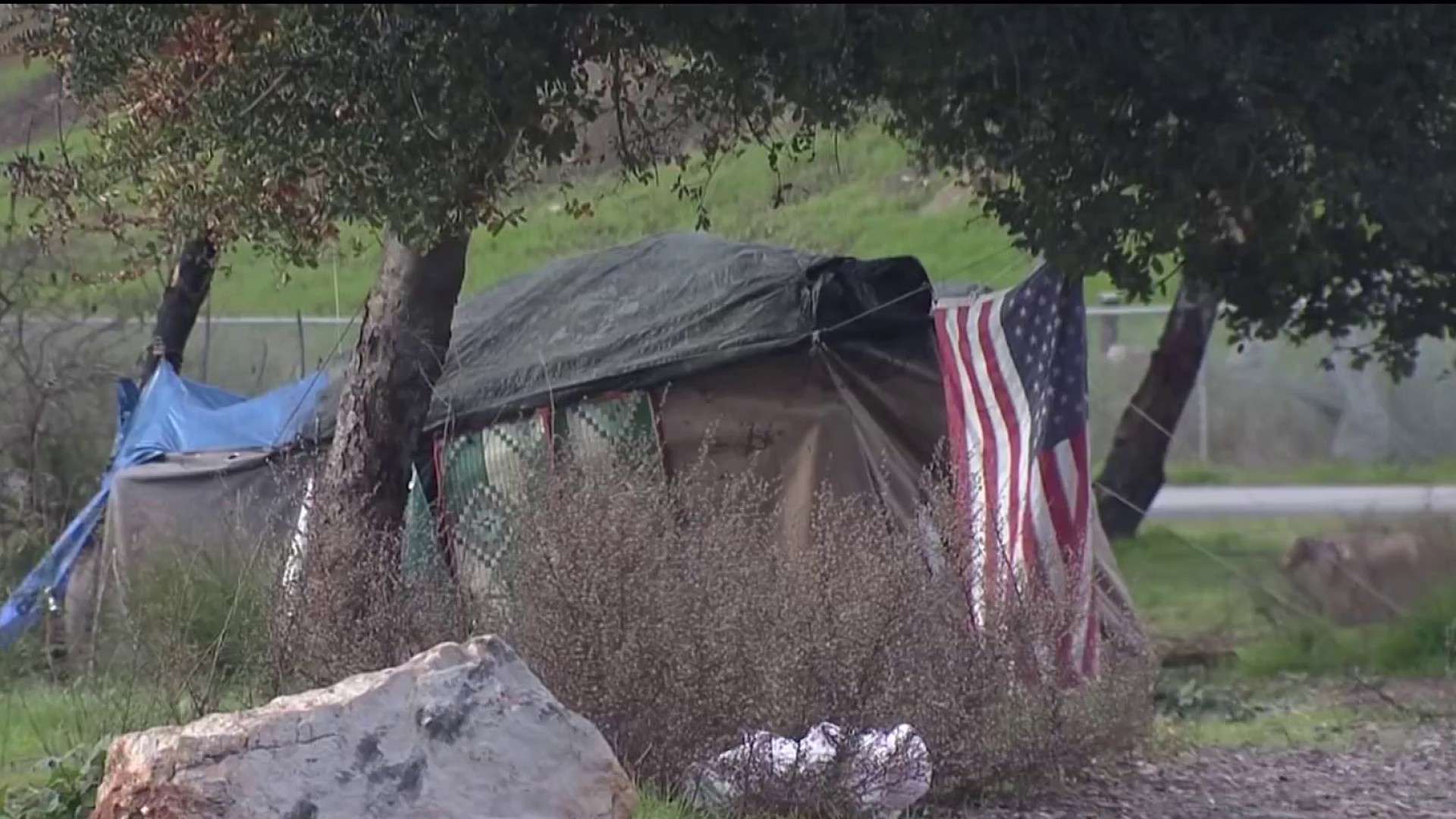A series of gunshots, explosions and plumes of smoke erupted from a parking lot at San Francisco State University as a crowd of police and fire personnel stood by watching. And maybe even smiling.
The spectacle was evidence of what happens when you put Hollywood special effects guys in charge of a training seminar on the topic of special effects. California’s fire marshal staged the three-day course to help train local emergency responders on what they’ll likely experience when coming to a movie set and how to deal with it if things go awry.
“They’ll know what it is and know what to expect,” said Thaine Morris, a special effects veteran whose worked on dozens of blockbuster films, “and know how to handle it.”
The seminar covered two-days of classroom workshops — but the real roman candle in the workshop’s cake was the parking lot demonstration where Morris and his team showed off some of the gizmos and explosives used on the set of many films.
“We have the types of devices that are used to simulate explosions,” Morris announced before detonating what looked like a cooking wok — sending a wave of flames bursting in every direction. A small audience of about sixty people, including police and fire watched the action — many capturing it on their phones.
The crews set off smoke machines and showed how bullet strikes are produced — tiny explosives that emulate bullets striking cars, buildings or people. The team then set off a series of flame effects including a small fire — which would come in handy as a campfire in a western.
“You can put cowboys around or a bunch of hippies,” Morris deadpanned over a microphone, “whichever you prefer.”
Local
San Francisco has hosted many action-packed films over the years — from Steve McQueen rumbling through the city in a Mustang to Dirty Harry’s explosion-laden shootouts. Most recently the now-defunct NBC show Trauma blew up a truck on Interstate 280 in a massive fireball that local special effects coordinator John McLeod help arrange.
“That was fun and that was stressful,” said McLeod who was part of the training seminar.
McLeod helped set-up the pyrotechnics for the demonstration — lining up a series of what looked like fireworks used in the films to create explosions and sparks. A San Francisco fire crew watched as the flames billowed from the canister.
“We’re trying to educate them to where it’s a safe working environment for everybody,” McLeod said. “Cause everything we do looks hazardous, and it looks unorthodox.”
Another demonstrator showed the different types of firearm blanks used in gun scenes; firing off rounds from an automatic rifle, and a shotgun. He then fired a handgun loaded with blanks at a Starbucks cup — which instantly disintegrated.
“So you can see that, even though it is as we say ‘just a blank,’” the man explained, “there is still a force coming out of that.”
The film industry hopes that by lifting the curtain on its special effects, local communities will be more likely to permit productions that may seem too dangerous.
“While it looks really intense and scary when you’re looking at it on a screen,” said San Francisco Film Commission Executive Director Susannah Greison Robbins, “it’s all thought out so completely.”
Fire Chief Matt Epstein of the Dry Creek Rancheria Fire Department stood among fire personnel taking in the explosions and mini fires, fighting the impulse to jump into action.
“Well yeah,” Epstein laughed, “typically the fire department’s not used to standing around and watching people get set on fire.”
The final scene of the hour-long demonstration included that very scenario — as crews prepared and set a man on fire who ran around in a pre-arranged circle before plunging to the ground under a monsoon of fire extinguishers. Moments later he hopped to his feet and waved to the applauding crowd.
Morris, who is now mostly retired from the film industry leaned back beneath a black hat and leather jacket, musing over the final spectacle of the day.
“They paid me a whole lot of money for a lot of years,” Morris said, “to be a little kid.”



